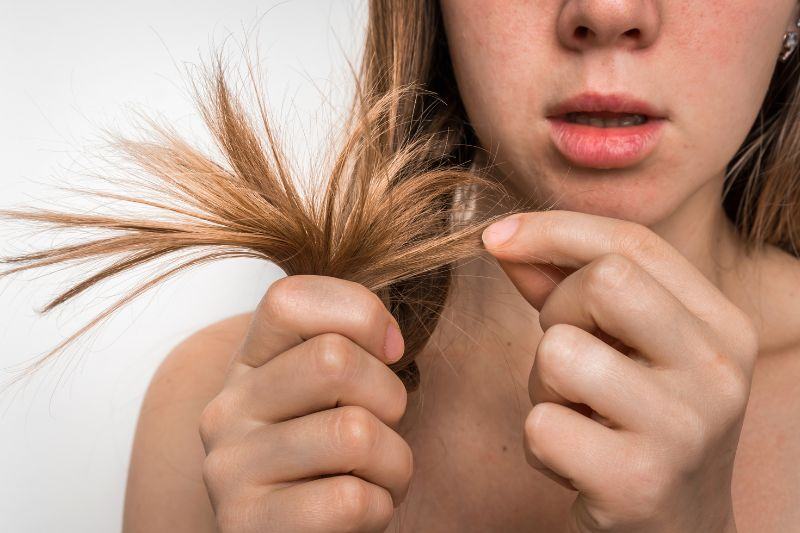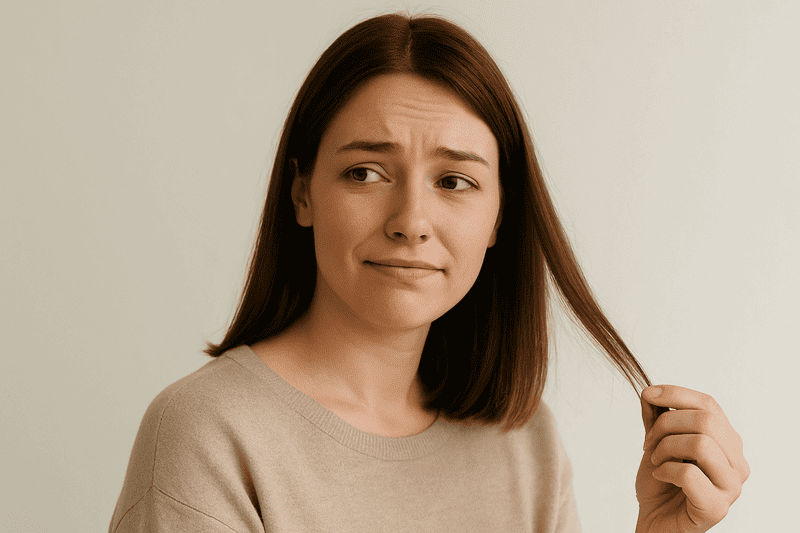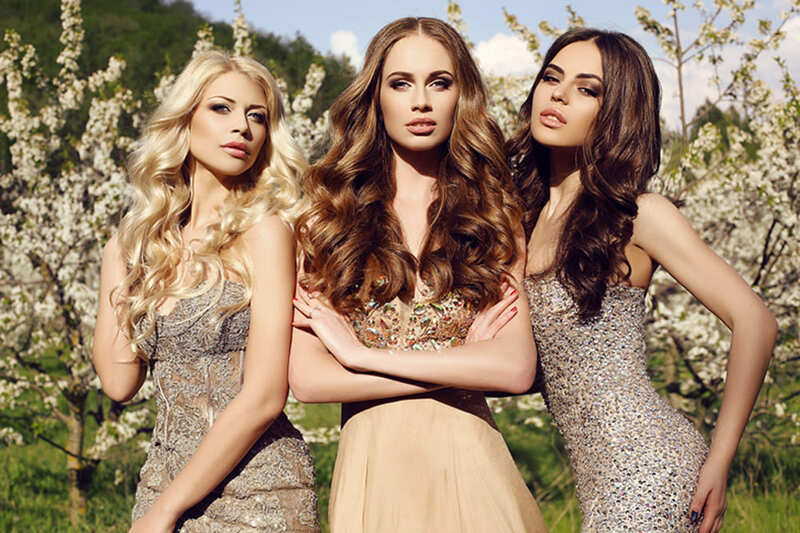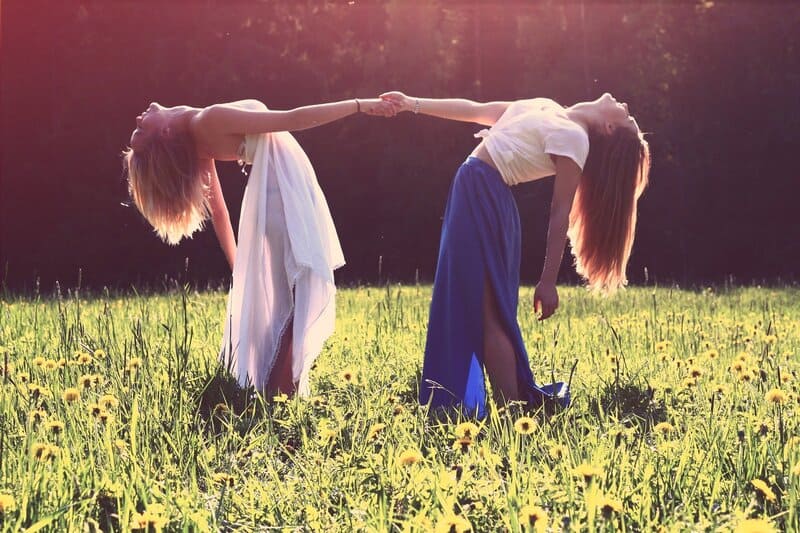You may be also interested in

Information about Hair Extensions
Is your hair too short or too fine for hair extensions? You’ll learn here if you meet the prerequisites for hair extensions

Hair Extensions with Bonding
Learn how to apply bonding extensions yourself, how to remove them, how to reuse them and how to care for them.

Hair Extensions with Tapes
Learn how to apply tape extensions how to remove them, how to reuse them and how to care for them. Find information on how long it takes and also how much hairstylists charge.

Hair Extensions with Microrings
Learn how to apply micro-ring stick or loop extensions how to remove them, how to reuse them and how to care for them.

Hair Extensions with Wefts
Information about the different methods of applying wefts to your hair, also about costs involved and what else you can do with wefts.

Issues with Extensions
Itching scalp? Hair loss? Dry hair? We help you on this page, show you what could have gone wrong and give advise on emergencies

Proper Care and Storage of Clips
Manual on how to care for and store your Clip Extensions

Proper Care of Extensions
The use of the correct care-products is crucial to extend the lifespan of your extensions, find many tips and good advise here

Hair Thickening with Extensions
Thin fine hair? Not everyone has thick and healthy hair, using the correct extensions can help!

Our Hair Colors
Not sure which colour to choose. Find all our colours here

Before and After Pictures
We just love before & after images! You too? Here you find images of clients.

Haarteile zum Anstecken – So schnell bekommst du deine Traumfrisur
Was genau Haarteile zum Anstecken sind, welche Arten es gibt und wie du diese Haarverlängerungen am besten pflegst, verraten wir dir in diesem Beitrag.

Welcher Haarschnitt passt zu mir?
Erfahre mehr über die unterschiedlichen Gesichtsformen und dazu passende Haarschnitte

Haarwachstum anregen - die besten Tipps
Gründe für langsames Haarwachstum und Lösungen um das Haarwachstum anzuregen.










